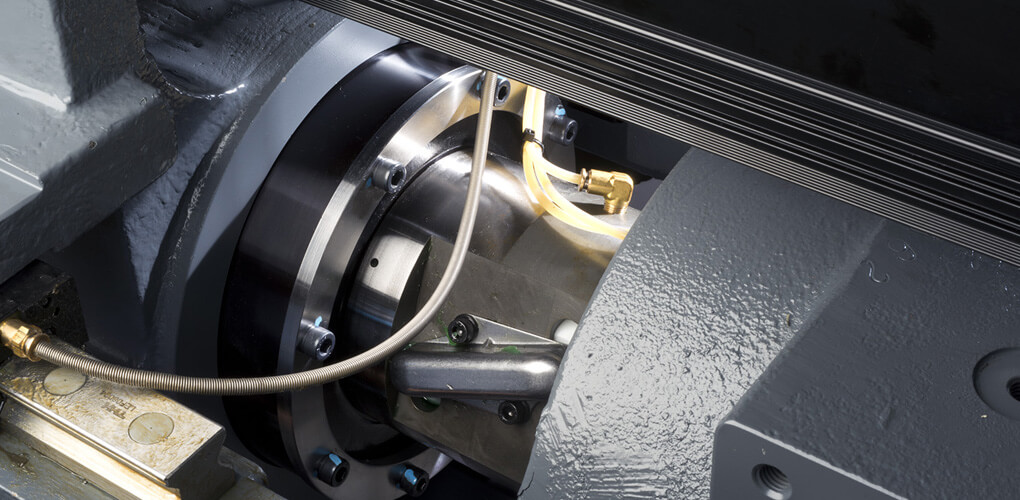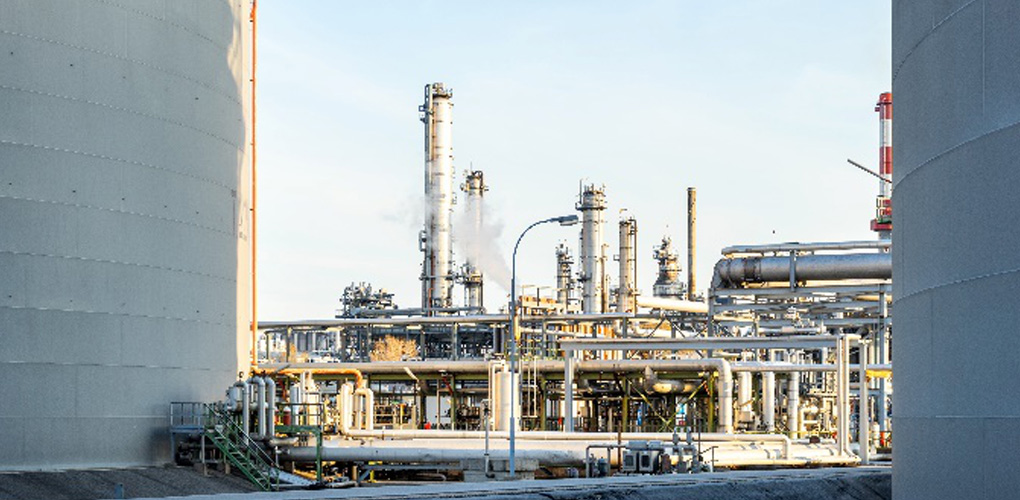Pressure transmitter-Correct calibration method
The true calibration of a pressure transmitter requires a standard pressure source to be input into the transmitter.
Because adjusting the range (LRV, URV) without using a standard is not calibration, and ignoring the input part (pressure input to the transmitter) to adjust the output (conversion circuit of the transmitter) is not correct calibration. Furthermore, the relationship between the pressure and differential pressure detection components, the A/D conversion circuit, and the current output are not equal. The purpose of calibration is to find out the changing relationship between the three. One point to emphasize: Only when the input and output (input transmitter pressure, A/D conversion circuit, loop current output circuit) are debugged together can it be called calibration in the true sense.
Preparation
The pressure source is connected to the self-made joint through a rubber tube, the balance valve is closed, and the sealing condition of the gas line is checked. Then the ammeter (voltmeter) and handheld device are connected to the output circuit of the transmitter, and the calibration is started after power on and preheating. We know that no matter what model of differential pressure transmitter, the positive and negative pressure chambers have exhaust and drain valves or cocks;
This provides convenience for us to calibrate the differential pressure transmitter on site, which means that the differential pressure transmitter can be calibrated without removing the pressure guiding tube. When calibrating the differential pressure transmitter, first close the positive and negative valves of the three-valve group, open the balance valve, then loosen the exhaust, drain valve or cock to vent, and then use a homemade connector to connect to the positive pressure chamber exhaust and drain valves or cocks; while the negative pressure chamber remains unscrewed to allow it to ventilate to the atmosphere.
Conventional differential pressure transmitter
First adjust the damping to zero state, first adjust the zero point, then add full pressure and adjust the full range so that the output is 20mA. On-site adjustment is about fast. Here we introduce the quick adjustment method of zero point and range. When adjusting the zero point, it has almost no impact on the full scale, but when adjusting the full scale, it has an impact on the zero point. Without migration, the impact is about 1/5 of the range adjustment amount, that is, if the range is adjusted upward by 1mA, the zero point will move upward by about 0.2mA.
Intelligent differential pressure transmitter
It is not possible to calibrate the smart transmitter using the above conventional method, because this is determined by the structural principle of the HART transmitter. Because between the input pressure source and the generated 4-20mA current signal, the smart transmitter, in addition to machinery and circuits, also has a microprocessor chip to calculate the input data. Therefore, the adjustment is different from the conventional method.
In fact, manufacturers also have instructions for the calibration of smart transmitters. For example, for ABB transmitters, calibration can be divided into: "setting the range", "re-ranging" and "fine-tuning". Among them, the "setting range" operation mainly completes the configuration work through the digital setting of LRV.URV, while the "re-ranging" operation requires connecting the transmitter to a standard pressure source and guiding it through a series of instructions. The transmitter directly senses the actual pressure and sets the value.
The initial and final settings of the measuring range depend directly on the actual pressure input value. But see that although the analog output of the transmitter has the correct relationship to the input value used, the digital readout of the process value will show a slightly different value, which can be calibrated with the trimmer.












